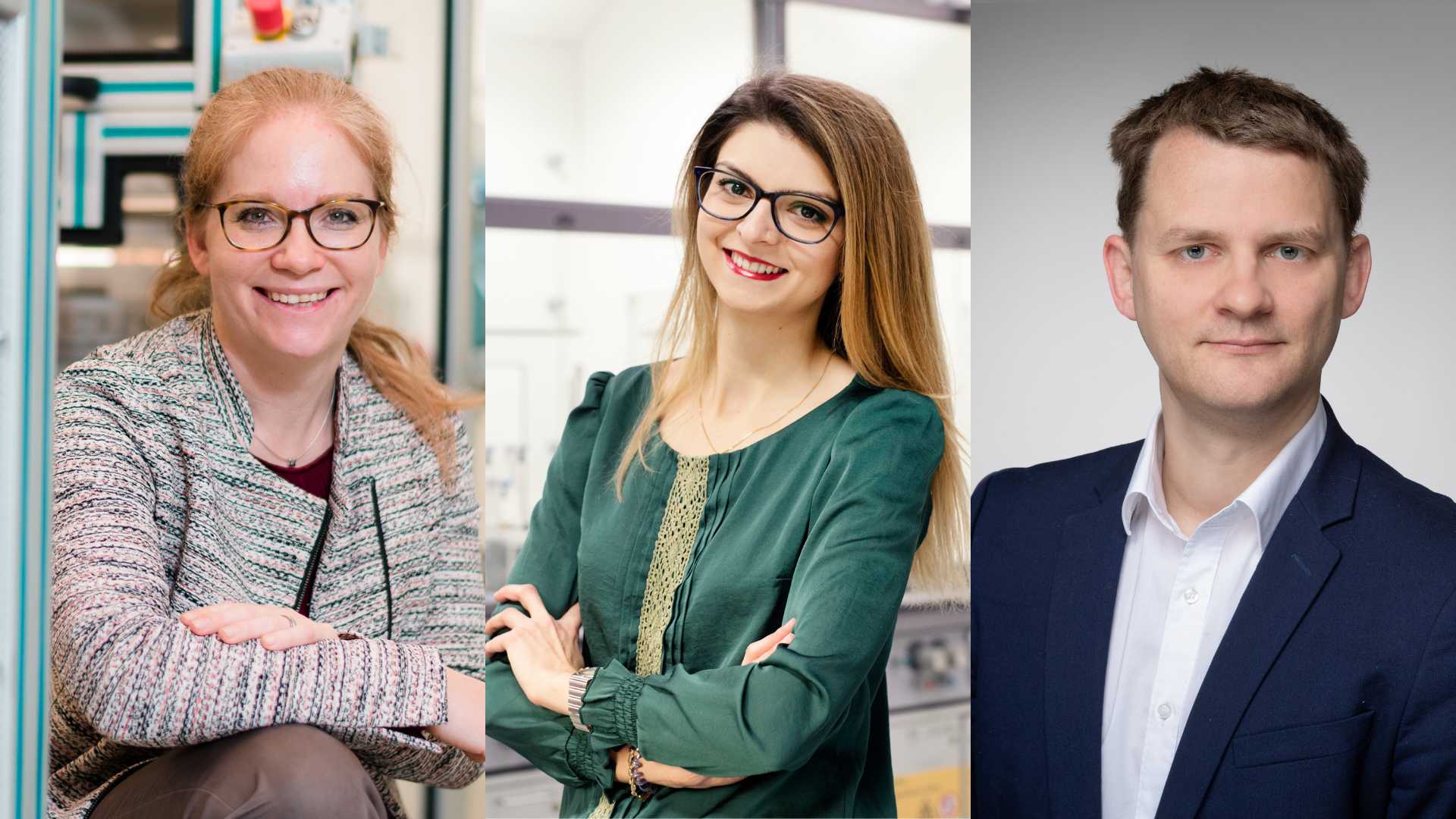
CO₂ conversion
The extra mile from the lab to industry
- von Juliana Fischer
- 18.12.2023
Converting the greenhouse gas CO₂ into raw materials for industry using renewable energies: What electrocatalysis can do in theory should be applied as quickly as possible. However, there is still a gap between the progress of science and the requirements of industry. A research team from the University of Duisburg-Essen and Ruhr University Bochum wants to change this. With new performance parameters for industrial applications, they are building a bridge to the rapid deployment of the technology. Their recommendations are convincing, they were published in Nature Communications* and selected by the editors as a special highlight for catalysis research.
"In the fight against climate change, we see a great opportunity in the electrochemical conversion of carbon dioxide," explains Prof Dr Doris Segets, Head of the Chair of Particle Technology at the University of Duisburg-Essen (UDE). What already works well under laboratory conditions could look like this in practice: At a plant with a high emissions load, such as a cement factory, a catalyser converts the emitted CO₂ into larger carbon compounds, such as formic acid or methanol. These in turn serve as raw materials in industry. "By using electricity from renewable energy sources for catalysis, not only would the CO₂ be converted in a climate-neutral way, but the base chemicals would also no longer be of fossil origin," says Junior Professor Dr Corina Andronescu (UDE).
Professors Doris Segets, Corina Andronescu (UDE) and Professor Ulf-Peter Apfel (Ruhr-Universität Bochum RUB/Fraunhofer UMSICHT) agree that academic research must go the extra mile for such processes to work in industry. In Nature Communications, they outline this path with common key parameters. "One important aspect is the stability of the catalysts," explains Ulf-Peter Apfel. "In industry, they should function for at least 50,000 hours. In the laboratory, we can't test the material over five years, so we are in favour of strict protocols with high stress. This allows us to adapt our developments to industrial requirements and guarantee stability."
"The processing of the catalyst itself should also be focussed on through coherent workflows and the systematic collection of metadata," says Segets. "The final step is a full-cell test, i.e. testing the catalyst in its functional environment." The development of the full cell has another advantage: it enables reliable gas analysis. This is particularly important for downstream processing, i.e. the separation of the resulting gas mixture. "CO₂ electrolysis initially produces a carbon-based mixture that has to be separated for industrial use. In order for the catalysts to be of real benefit to industry, it is therefore necessary to consider the separability of the resulting product mixture during development," summarises Professor Apfel.
The declared aim of the UDE and RUB is to develop new and urgently needed materials for the energy transition quickly and sustainably. The universities have been working closely together strategically within the University Alliance Ruhr (UA Ruhr) since 2007.
*To publication: https://www.nature.com/articles/s41467-023-43762-6
Further informations:
Prof. Dr. Doris Segets, Chair of Particle Technology, University of Duisburg-Essen, phone: +49 203/37 9-8230, doris.segets@uni-due.de
Jun.-Prof. Dr. Corina Andronescu, Faculty of Chemistry, Technical Chemistry III, University of Duisburg-Essen, corina.andronescu@uni-due.de
Prof. Dr. Ulf-Peter Apfel, Department of Electrosynthesis, Fraunhofer UMSICHT, phone: +49 208 85981571, ulf-peter.apfel@umsicht.fraunhofer.de and Inorganic Chemistry I, Faculty of Chemistry and Biochemistry, Ruhr University Bochum, phone: +49 234 32 21831, ulf.apfel@ruhr-uni-bochum.de
